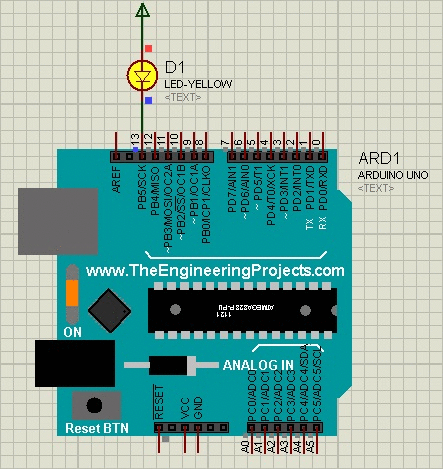

- #Arduino libraries how to#
- #Arduino libraries zip file#
- #Arduino libraries archive#
- #Arduino libraries software#
- #Arduino libraries download#
If you’re interested in a more comprehensive guide, the Arduino Reference has a complete list of everything needed to write a sketch. These are some of the statements I’ve found most useful when helping people get started programming Arduino sketches. I’ve included details below about the common statements that are used to define and control an Arduino sketch. To describe and control an Arduino program, a set of statements can be used to describe how the sketch is to behave. Interrupts and calls to other functions can temporarily stop the loop function running, however the Arduino will eventually return to this loop function.

The loop function starts running after the setup function is finished. The difference between the setup and loop functions in an Arduino sketch is that the setup function is executed once by the Arduino after it is turned on or reset, while the loop function is executed infinitely (in a loop). Check it out here: /uploading-code-arduino/ What is the difference between Arduino setup and loop
#Arduino libraries how to#
I wrote a full guide on how to upload code to an Arduino, including step-by-step instructions (with pictures) for using the IDE. Where “Built-in Examples” are located within the Arduino IDE
Compile and upload the sketch using the IDE. Include any libraries that are to be used. Create a new sketch, it should contain the setup() and loop() functions. How to control a program (with common statements often used in an Arduino sketch)įeel free to copy and paste any code from this guide into your sketches to use them. The Arduino IDE also helps to manage the inclusion of libraries, as well as compiling and uploading code to the Arduino board. The easiest way I’ve found to get started is to open up one of the Arduino IDE examples, and then modify the code to suit your project. The Arduino IDE provides extensive example code to assist in starting a project. It is not required to have a deep understanding of C++ to start writing programs (called sketches) for Arduino. The Arduino programming language is based on C++ with the addition of special functions and libraries designed to work specifically with Arduino and its microcontrollers. Starting out new with Arduino programming? This guide is intended to help you figure out where to get started including how to write a program (sketch), common statements that are used in a program, and how to use libraries. Objects are special programming elements that gives an Arduino sketch extra flexibility, and form the basis of object oriented programming. #Arduino libraries software#
Important! Be sure to restart the Arduino IDE software after adding a new library.Īrduino Libraries for additional general information on using Arduino libraries.Īrduino libraries are also sometimes referred to as object libraries.
#Arduino libraries download#
When a contributed library is required to compile a KickStart example, either the library files are included with the example, or a link is provided so you can download the library directly from its source.
#Arduino libraries zip file#
You must unpack (decompress) the zip file before you can use it.
#Arduino libraries archive#
Most contributed libraries are provided in zip or other self-contained archive files. The library is available to only the current sketch.
Local – Place the library inside the same folder as the sketch. See Installing Additional Arduino Libraries for more information on locating the Arduino sketch library on your computer and adding more libraries to it. Global – Place the library inside the main libraries folder of the Arduino sketch directory, so that it is available to all sketches. Contributed libraries may be added in either of two ways: Contributed ObjectsĬontributed libraries are those that are not provided with the Arduino IDE software, and must be manually added. This adds the Servo library to the sketch. To use one, simply add a reference to the library to the top of the sketch using the #include statement, such as Standard libraries are those that are included with the Arduino IDE software. Some libraries are included with the Arduino IDE ( standard), and others must be manually added in order to compile and upload the sketch ( contributed). Library folders are then placed within the file structure of the Arduino integrated development environment (IDE), so that the software can find and use them. Many of the Arduino sketches rely on libraries. Libraries extend the functionality of the Arduino, and are an integral part of the this and any microcontroller development system.Ī library is composed of one or more files all of the files are contained in a folder, to make it easier to manage them.






 0 kommentar(er)
0 kommentar(er)
